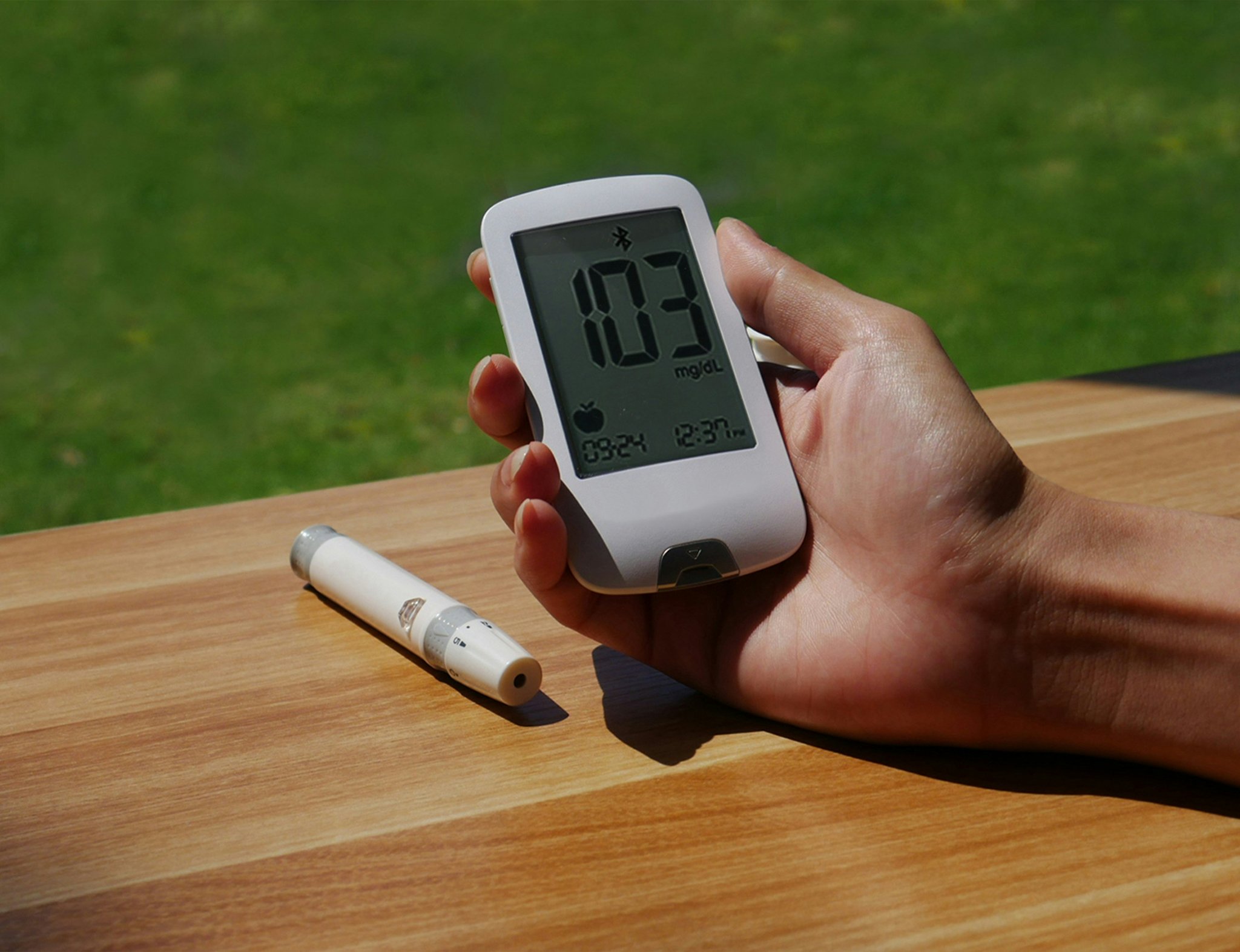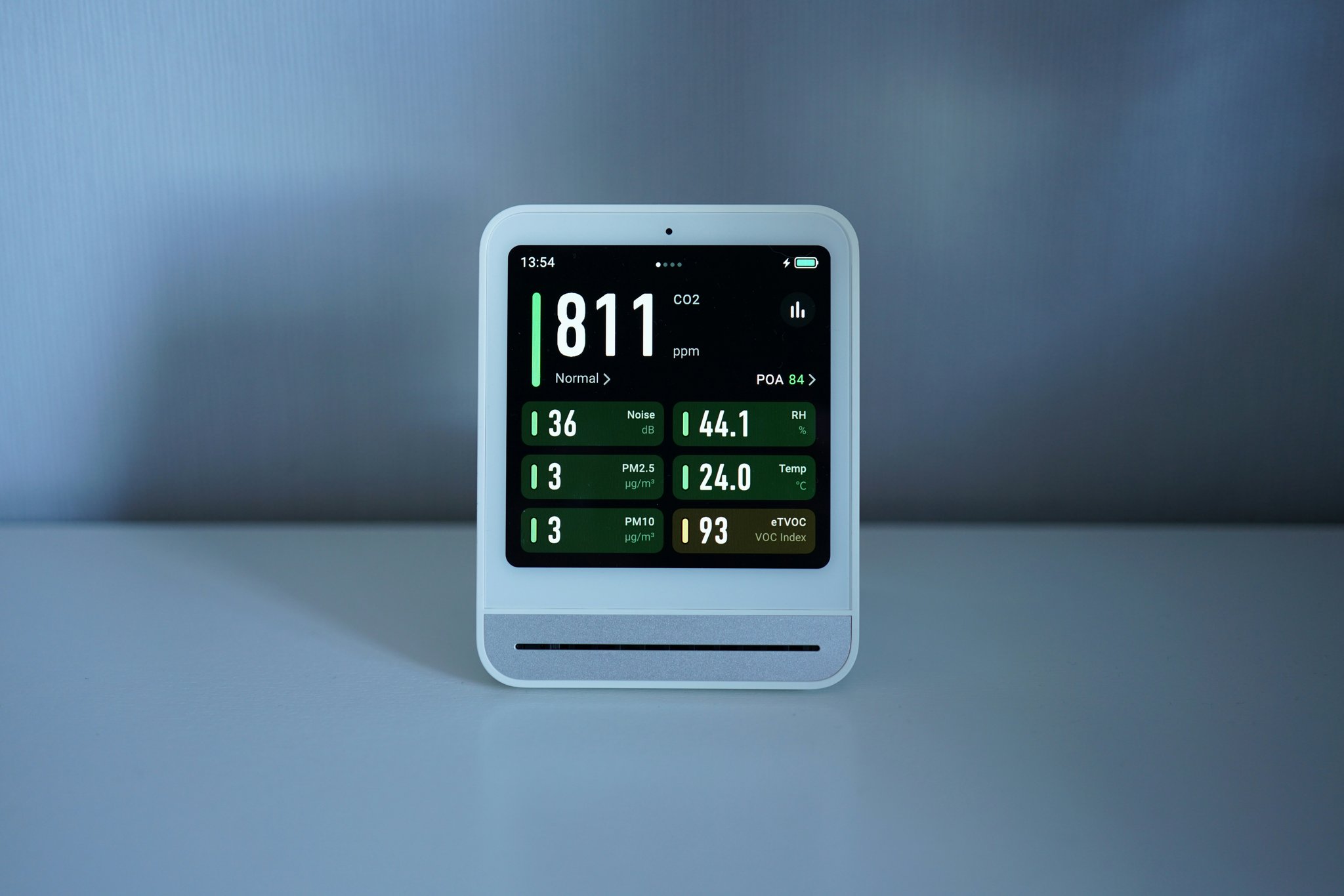“Ever felt like you’re running a marathon inside your own head—constantly exhausted, but unable to stop?”
If this sounds all too familiar, you’re not alone. Studies show that 77% of people experience physical symptoms caused by stress, and the mental load often feels unbearable. But here’s some good news: anti-stress technology is stepping in to help us combat overwhelm—one app at a time.
In this guide, we’ll dive into how anti-stress technology works, explore its benefits, share actionable steps to incorporate these tools into your life, and answer FAQs so you can start feeling lighter today!
Table of Contents
- The Growing Need for Anti-Stress Technology
- How to Use Stress Management Apps Effectively
- Top Tips for Maximizing Anti-Stress Technology
- Real-Life Success Stories
- FAQs About Anti-Stress Technology
Key Takeaways
- Anti-stress technology helps reduce anxiety and improves focus through guided practices.
- Popular apps integrate mindfulness, journaling, and breathing exercises for holistic support.
- A structured approach ensures long-term success with anti-stress tools.
- Success stories prove that small changes yield big results when paired with consistent effort.
Why Do We Need Anti-Stress Technology?

An infographic illustrating rising stress levels worldwide, highlighting the urgent need for anti-stress solutions.
I once downloaded an app promising “instant calm” after a particularly rough day—it turned out to be utter chaos wrapped in purple gradients. Lesson learned? Not all anti-stress tech is created equal. But *good* anti-stress technology isn’t just another bandwagon trend; it’s become a lifeline for millions struggling with overwork, digital fatigue, and burnout.
Optimist You: “There has to be a better way to manage stress than doom-scrolling TikTok at 2 AM.”
Grumpy You: “Yeah, unless they invent anti-stress chips for my brain, I’m skeptical.”
The truth lies somewhere in between: modern anti-stress technology combines science-backed strategies with accessible interfaces, making peace-of-mind achievable—even if coffee *is* still involved.
Step-by-Step Guide: How to Leverage Anti-Stress Technology

Step 1: Identify Your Pain Points
Start by asking yourself: What triggers your stress most often? Is it work deadlines, family responsibilities, or social media comparisons? Knowing your specific challenges will help you choose the right tools.
Step 2: Explore Different Apps
- Meditation-focused: Apps like Calm and Headspace offer guided meditations to quiet racing thoughts.
- Breathing exercises: Try Prana Breath or Box Breathing Trainer for instant calming techniques.
- Journaling apps: Day One and Reflectly let you process emotions and track progress over time.
Step 3: Set Realistic Goals
Committing to five minutes of mindfulness each morning is far more sustainable than vowing to meditate for an hour daily. Small wins build momentum.
Step 4: Stick With It
Rome wasn’t built in a day—and neither is resilience. Consistency matters more than perfection.
Terrrible Tip Disclaimer:
Do NOT rely solely on apps without addressing underlying issues. While anti-stress technology is powerful, it’s no substitute for therapy or professional counseling if you’re dealing with severe anxiety or depression.
Pro Tips for Using Anti-Stress Technology
- Use Notifications Wisely: Set reminders for short breaks instead of constant pings that add to stress.
- Prioritize User Experience: Choose apps with clean designs and intuitive navigation—no one needs extra frustration.
- Combine Tools: Mix meditation apps with habit trackers like Habitica to gamify relaxation.
- Track Progress: Most apps have analytics features. Review them weekly to celebrate victories.
Fun fact: Did you know ASMR videos are technically part of anti-stress technology too? Whispered affirmations sound like angels singing…or maybe that’s just me.
Real-Life Success Stories

A before-and-after graph demonstrating measurable improvements in stress levels after adopting stress management apps.
Sarah, a freelance graphic designer, swears by her favorite app: “I used to spiral during tight deadlines. Now, I open my app, do a quick breathing exercise, and feel centered again. No exaggeration—it’s been game-changing.”
Another user shared: “Journaling every night helped me unpack toxic thought patterns. For weeks, I didn’t notice anything—but looking back, I see how much clearer my mind feels now.”
FAQs About Anti-Stress Technology
Q: Are stress management apps expensive?
A: Many offer free versions with premium upgrades starting around $10/month. Trust me; the investment pays off.
Q: Can kids benefit from anti-stress apps?
A: Absolutely! Apps like Smiling Mind cater specifically to younger audiences, teaching kids mindfulness early.
Q: Do these apps really work, or are they placebo?
A: Research suggests stress-reduction methods embedded in apps significantly lower cortisol levels. So yes, they’re legit.
Conclusion
Anti-stress technology isn’t magic—but it is mighty. By identifying your needs, leveraging effective tools, and staying consistent, you can transform chaotic days into moments of clarity. Remember, self-care starts small—and sometimes, all it takes is a smartphone and a little curiosity.
Now go forth, download those apps, breathe deeply, and repeat after me: Life doesn’t have to feel like whirring laptop fans anymore.
Bonus haiku:
Apps whisper softly,
Minds find rest in tiny taps,
Peace is always near.
Let me know if there’s any tweak you’d like!


